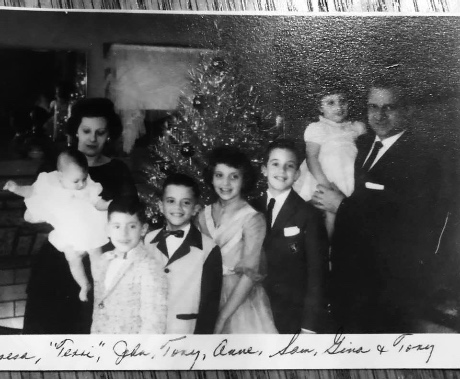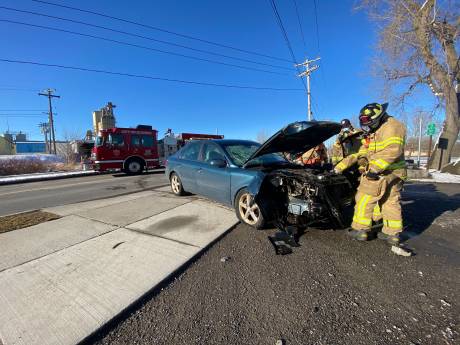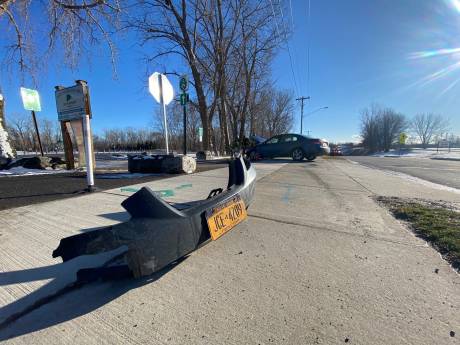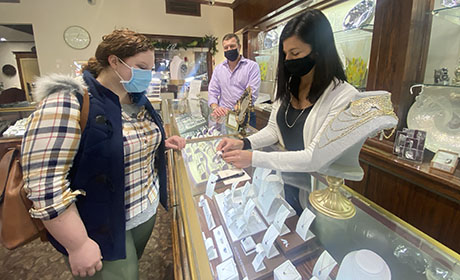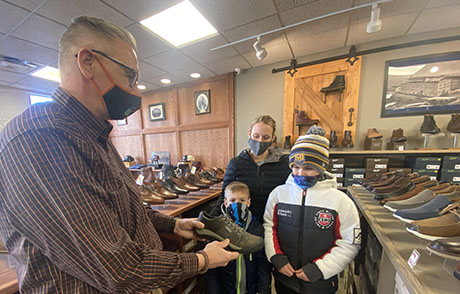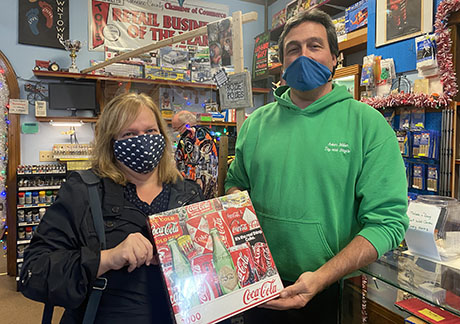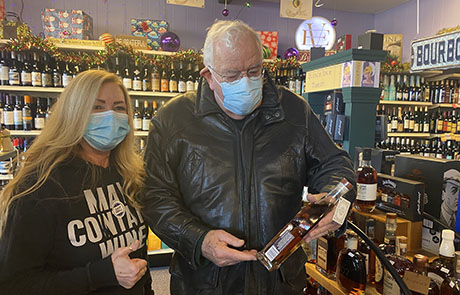Major League Baseball Enterprises Inc., a multinational corporation based in New York City, is killing off professional baseball in Batavia.
That's an oversimplification but that is likely the end result.
The New York-Penn League, founded in Batavia in 1939, is breaking apart -- though a smaller independent league may survive -- and since the NY-P owns the Muckdogs, the league in its new form, if it survives at all, won't have the wherewithal to operate a baseball club in Batavia.
Today, MLB announced that its Major League teams have selected their affiliates for the 2021 season and Batavia is not on that list.
Only four NY-P teams are on the list.
Some NY-P teams have chosen to join what will be known as the MLB Draft League. The new league will consist of collegiate players who compete on a limited schedule from May until the All-Star break when the MLB will conduct its annual amateur draft.
For more than a year, MLB and MiLB have been in negotiations over a new operations agreement, with the number of Minor League teams being reduced by at least 40 franchises. That plan also would have eliminated the Muckdogs as a Major League-affiliated team.
The plan announced today goes a step further by eliminating the MiLB completely. MLB teams will have license agreements (they'll no longer be known as franchises), with each affiliated team and the Minor League system will be operated out of the MLB offices in NYC.
It's unclear if the owners of the 120 teams being offered license agreements will agree to the MLB terms. They just received the proposed contracts today.
Red Wings Gave it Their Best Shot
In 2008, the Genesee County Baseball Club, owner of the Muckdogs at the time, entered into a 10-year operations agreement with Rochester Red Wings. The Red Wings operated the team at a loss for those 10 years but the agreement gave them a 50-percent ownership stake in the team.
In 2018, the NY-P would not allow a new operations agreement and took over ownership of the team with an agreement that would allow the NY-P to recover its operating losses from any eventual sale of the club. The GCBC, a community-owned organization, would receive any money left from the sale that wasn't paid out to the Red Wings or the NY-P.
It is unclear if any of the financial stakeholders in the Muckdogs will be compensated for MLB's apparent unilateral elimination of the team.
Ben Hayes, commissioner of the NYPL, said he's asked the question directly and hasn't gotten an answer.
Naomi Silver, chief executive officer of the Red Wings, said she also doesn't know whether the Muckdogs owners will be compensated for the loss of the team.
An attorney who specializes in antitrust and business competition law, Luke Hasskamp, with Bonalaw, based in Los Angeles, said Major League Baseball and Minor League Baseball are both protected by an antitrust exemption that prevents those harmed by MLB's actions from filing an antitrust claim.
Major League Baseball is a legal monopoly.
Where to Go from Here?
The legal options for the Muckdogs stakeholders are limited, he said. The last affiliation agreement the Muckdogs had with a Major League team, the Miami Marlins, expired after the unplayed 2020 season, so there may not be a breach-of-contract claim.
Other legal options don't seem to apply to the Muckdogs, such as claims that the stakeholders made financial commitments and investments based on a promised continued relationship. Since the Muckdogs have been under a cloud of financial hardship -- making them a target for acquisition and relocation -- there are no apparent promises of continued play in Batavia.
The commissioner's office, with its new plan for player development, is not specifically eliminating the Batavia Muckdogs. The lack of an affiliation with a Major League club, however, along with the upheaval in the NY-P caused by the new alignment, makes it impossible to operate the Muckdogs as a professional baseball team, causing its estimated $6 million value to evaporate.
Asked if the stakeholders could claim the MLB unjustly deprived them of appropriate compensation for making the Muckdogs as a financial asset valueless, Hasskamp compared the idea to eminent domain, but said since MLB is a private organization any such comparison does not legally apply.
"It’s an interesting argument, not one I have thought through much, but it’s challenging, in my opinion, not only because MLB isn’t a public entity because also, as you pointed out, MLB isn’t really taking property," Hasskamp said. "It’s just taking action that will impact the value of others’ businesses. This may be relevant to a party’s damages."
At the end of that email to The Batavian, Kasskamp said, "One other thought: It will be interesting if this stirs any greater interest in Congress to revoke baseball’s antitrust exemption. These contractions are going to impact a number of communities / congressional districts, and more than 100 congressmen noted their displeasure when the contractions were first announced."
Will Schumer Keep Fighting for Batavia?
On a couple of recent visits, we've asked Sen. Charles Schumer, a die-hard baseball fan, if he would pursue legislation to revoke MLB's antitrust exemption. He didn't give a direct answer. He just promised to keep fighting to save teams like the Batavia Muckdogs and Auburn Doubledays.
This afternoon, we asked a member of his staff for a statement and clarification on Schumer's position on the antitrust exemption and didn't get a response.
Today, in a phone conversation, Hayes offered no hopeful take on the future of the Muckdogs given today's announcement, other than to say there is still much that is unknown about the MLB plan and how Minor League team owners will respond to the license offers.
Silver said the team owners haven't even had a chance to fully review the contracts and discuss the best course of action. She said she's hopeful the Red Wings will be made whole for their losses incurred while operating the Muckdogs.
"We're sad to think there will be no Muckdogs baseball in Batavia," Silver said. "We worked hard for 10 years to try and save the team."
She noted that Batavia is not the only community suffering a loss of a team because of the MLB's decision.
"Batavia is not being singled out," she said.
Tabelski: Games Will be Played at Dwyer
While the prospect of a professional baseball game ever again being played in Batavia seems dim, that doesn't mean there won't be organized baseball played at Dwyer Stadium in the coming years.
Rachael Tabelski, interim city manager, said she has been contacted by representatives from collegiate leagues (often called wooden bat leagues) and semi-pro leagues looking to move into Dwyer. She said the city has yet to respond to those inquiries because there is still a contract in place with the NY-P that gives the league control of what baseball is played in the stadium. Unless and until that contract is resolved, the city can't find a new tenant.
There will be a tenant in Dwyer again, Tabelski said.
"As somebody who grew up going to Clippers and Muckdog games, it's very sad to think about losing the team," she said. "I think it's very difficult to look at losing the baseball team we've loved, but there will still be an opportunity for baseball in this town."
And the next team to make Batavia home could very well be called the Muckdogs. The Genesee County Baseball Club has retained the rights to the Muckdogs trademark (it was recently renewed).




